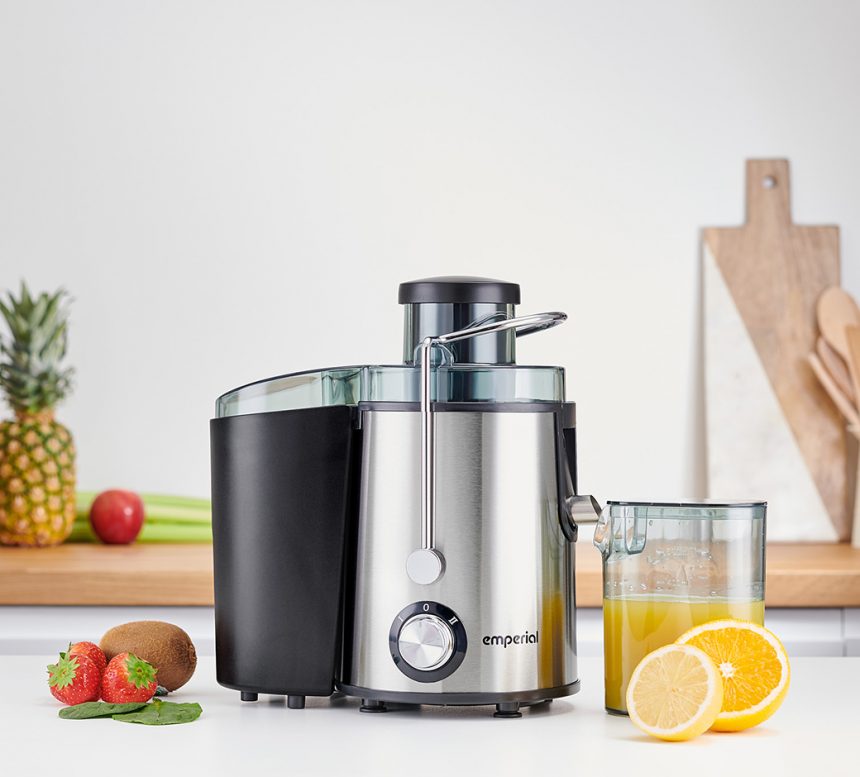Product photography composition emphasises the subject in the photo to draw viewers’ attention toward the subject. You can follow specific composition rules to improve the composition in your product photography. In addition, you can combine a few composition rules to create a spectacular product photo for your clients with creative depth and can tell stories. This blog will include several composition rules to follow shooting product photography.
Choose Camera Angles That Highlight the Product
Using camera angles in product photography makes products more enjoyable to look at for customers. The 45-degree downward glance angle is similar to how we look at objects surfaces. In addition, the 45-degree angle is realistic to the viewer.

Using the right camera angle on a product can create depth and show as much of the product as possible. However, some of the product’s features and details may not be shown if taken from particular perspectives.
Experimenting with different camera angles is essential in product photography. Experimentation helps you choose the best angle for the product’s best features.
Use Negative Space to Draw Attention In Product Photography
In product photography, the photographer uses negative space to draw the viewer’s attention to the product. Negative space also gives your photographs breathing room.
Product photographers can add text and graphics to images to display details about the product, such as sales or new arrivals. Allowing negative space gives the designers more room to work with when using your photography.
Using negative space can be tricky, however. Composition should look natural and not forced.
Use Front and Central Placement
Unfortunately, in product photography, you often need to ignore the most common composition rules with the product in the centre.
The product being in the centre results in the product being the centre of attention. The product will have no distractions as the viewer’s vision is focused on the product. You could show only a part of the product, letting the viewers imagine what the rest of the product looks like.
Products can be placed either in the foreground or in the middle ground. Lighting, contrast, and reflections can be used to create depth. Nevertheless, you should avoid giving your product a two-dimensional feel.
Applying the Rule of Odds
Professional product photographers use the rule of odds as a reliable composition technique. The rule of odds works on a very subconscious level.
It is easy for a viewer to organise an even number of objects in a scene. But, on the other hand, an odd number causes tension and interest in the product.
If you want to shoot only one product, you can include items that are related to that product. The same holds true if your product is a kitchen appliance like a blender. Fruits and other kitchen appliances look great alongside it. Adding fruit bowls and other kitchen appliances to a setting can help create a story and make the product seem more credible.

Using Rule of Thirds In Product Photography
The rule of thirds is the golden rule that every photographer learns. Unfortunately, the rule of thirds is not to place the subject in the middle of the frame. Instead, it would be better if the subject of the product photo was the intersection of horizontal and vertical lines. The intersection of these lines appears when the frame is divided into three equal columns and three rows. The one-third rule makes the image more appealing because the viewer’s eye has to look for the product.
Differential Focus Results In The Product Popping Out
Differential focus is a photographic technique that selects which parts of an image are in focus and which parts are out of focus. You can blur the foreground and background of your product photos. Differentiated focus is a great way to make your product stand out. Instead of just photographing your subjects, you can create a story by managing product placement, staging, and scenography.
Dynamic Diagonals In Product Photography
Dynamic diagonal lines are a popular compositional technique in still photography used by professionals. They include placing products or taking photos facing the line. Lines are the most important design element. With lines you can draw the viewer’s attention to your product. Add a moving image diagonally. According to the diagonal rule, the main elements of the picture should be located along the diagonal. The use of diagonal lines helps emphasize the most important elements of the scene by drawing the viewer’s eye from the frame to the product. Diagonals are a simple but effective way for photographers to add life and energy to static compositions.
Shoot From a Top-Down Perspective
Photographing in overhead or planar perspective is a compositional technique that photographers use to showcase their products in their photos. The overhead view of your photos gives viewers a unique perspective of your product. Photos are often taken at 45 degrees, or at right angles. However, the use of flat photos makes the product more interesting and unique to the viewer. A flat photo is a powerful look enhanced by a blurry and blurry background. Photographers often use this angle in food photography. Flat space photography allows you to enhance a scene by adding elements that make up a story and not just an image.
Conclusion
Using product photo framing rules will give you the best results when capturing your product. However, it is important to remember that each product requires a unique approach. The task of a product photographer is always to frame the product in such a way that it looks its best. So if you work for a client, you should always follow the guidelines when creating product photos. You can find more blogs about product photography here.


Leave a Reply